By Deanna Pantín Parrish, Ana Carolina Riella, Tracy Blanchard (with drafting support from the Harvard AI Sandbox)
On the outskirts of Paraná, a judge walks among rows of makeshift homes, listening to families describe the uncertainty of life under constant threat of eviction. Later, he meets with landowners, hearing their frustrations over idle property and lost financial opportunities. Collective land disputes in Brazil—where entire communities occupy land owned by private parties or the state—have long been resolved with eviction orders, often including forced or violent removals by the state before residents even knew legal proceedings had begun. In 2021, the Brazilian Supreme Court charted a new path, requiring states to resolve collective land disputes through mediation rather than litigation. This mandate left judges nationwide without the necessary skills or framework to implement this new approach. Over the last two years, students and faculty in the Dispute Systems Design (DSD) Clinic at Harvard Law School have worked with the Brazilian National Council of Justice (CNJ) to help judges step into a new role: mediators addressing complex, multiparty land disputes.
In the state of Paraná, a pioneering pilot program combined in-person stakeholder engagement—in which judicial mediators visit occupied land and build relationships with both occupants and landowners—with virtual mediation processes. As of the writing of this article, this program led by Desembargador Fernando Prazeres, has mediated 152 disputes in the state of Paraná, 59 of which have reached an agreement in mediation. 119 disputes are still ongoing. As a direct result of this trailblazing work, at least 26,244 people have avoided eviction and remain in safe housing. After the Supreme Court’s ruling, the task ahead was replicating and scaling Paraná’s model across the other states in Brazil. Carina Nicoll Simoes Leite, LL.M. ’23, Supreme Court Clerk to Justice Luis Roberto Barroso, who authored the 2021 decision, and Desembargadora Fabiane Pieruccini of the Brazilian National Council of Justice, reached out to the DSD Clinic for support.
Fall 2023: What Do Judges Need to Become Mediators?
In the fall of 2023, students Reva Bardhi ’25, Chiara Fargnoli Tufts ’24, and Chlöe-Arizona Fodor HDS ’25 launched the project, supervised by Senior Clinical Instructor Deanna Pantín Parrish and Harvard Mediation Program Outreach & Case Coordinator Ana Carolina Riella. The purpose at this stage was investigating the needs among Brazilian judges tasked with mediating this novel case type. Their academic work extended far beyond traditional legal research, encompassing cultural analysis, political context study, understanding of Brazilian mediation practices, and extensive information-gathering that included a survey of over 570 stakeholders. Students built on this research through a site visit to the birthplace of collective land dispute mediation in Brazil: Paraná. Here, their work took on a new dimension.

Of her experience on site, Fargnoli says, “Traveling to Brazil was magical. It was my first time there, and having the opportunity to engage directly with stakeholders, meeting judges, community leaders, and other actors in the justice movement, was an experience that no textbook could ever replicate.”
For students, seeing the stakes of these disputes firsthand in their fieldwork in Brazil—where entire communities face displacement—offered a profound lesson in the power and limitations of legal systems. The mediations they observed brought diverse voices to the table, including landowners, residents, government officials, and community leaders.
Fodor reflects. “On the ground, I confronted the tension between Western notions of what “proper” conflict resolution looks like and Brazil’s cultural and historical realities.

Ana Carolina Riella. 2nd from right: Chiara Fargnoli. Far right: Reva Bardhi.
I also wrestled with the power dynamics of carrying Harvard’s name, especially when people looked to us for answers regarding a system we were only just beginning to understand. Our role often mirrored the training we were offering judges: learning to be comfortable in discomfort. For judges, that meant letting go of their adjudicator role and learning a new set of interpersonal skills. For us, that meant sitting in the discomfort of navigating new cultural terrain, facing systemic violence and housing inequality, and recognizing the risks of overstepping as outsiders.”
This direct engagement revealed the essential nature of interpersonal relationships in resolving disputes, providing the team with insights impossible to gain through classroom study alone. “If a central tenet of dispute systems design work is to tailor a system to the people who are impacted by it, you have to have access to the people who are both impacted by and administering the system, and the fact that we had such open access to stakeholders across the process was a true gift,” says Pantín Parrish.
Spring & Summer 2024: How Do Judges Best Learn New Skills?
The project’s second phase in the spring semester of 2024 demonstrated the cumulative nature of clinical learning. Students Manoranjitha Ani LL.M. ’24 and Cosmo Albrecht ’24 built directly upon their predecessors’ research, which identified that a majority of judges surveyed felt they did not have the appropriate training to adequately mediate these complex cases. As such, these students centered their work on creating a comprehensive mediation training for judges who were being asked to completely reimagine how they engaged land disputes. Students created detailed lesson plans, authored a handbook, and designed simulation exercises specifically tailored to the Brazilian legal context.

On his experience, Albrecht reflects, “By the end of the semester, I had developed enough familiarity with the Brazilian system through academic research and interviews with practitioners that I was able to draft original case studies and simulations steeped in the Brazilian context. The project was the perfect opportunity to develop concrete practical experience in a niche area of law that I thought resided only in theoretical academic research.”
The curriculum addressed multiple learning objectives: helping judges understand the Brazilian Supreme Court’s resolution that initiated the program; recognizing the benefits of resolving multi-party disputes outside traditional courtrooms; and building specific mediation skills including active listening, reading nonverbal cues, empathy development, and moving participants from rigid positions to underlying interests to creative new options.
Albrecht’s continued involvement through the summer of 2024 exemplified the deep, sustained engagement that clinical education can provide. Working alongside Pantín Parrish and Riella, Albrecht helped deliver the training to approximately 100 judges in Brasilia. His role evolved from researcher and curriculum developer to active trainer, leading exercises, skills-building plenary sessions, and coaching senior judges as they participated in simulations. The experience proved personally transformative and the “most meaningful experience” he had in law school.
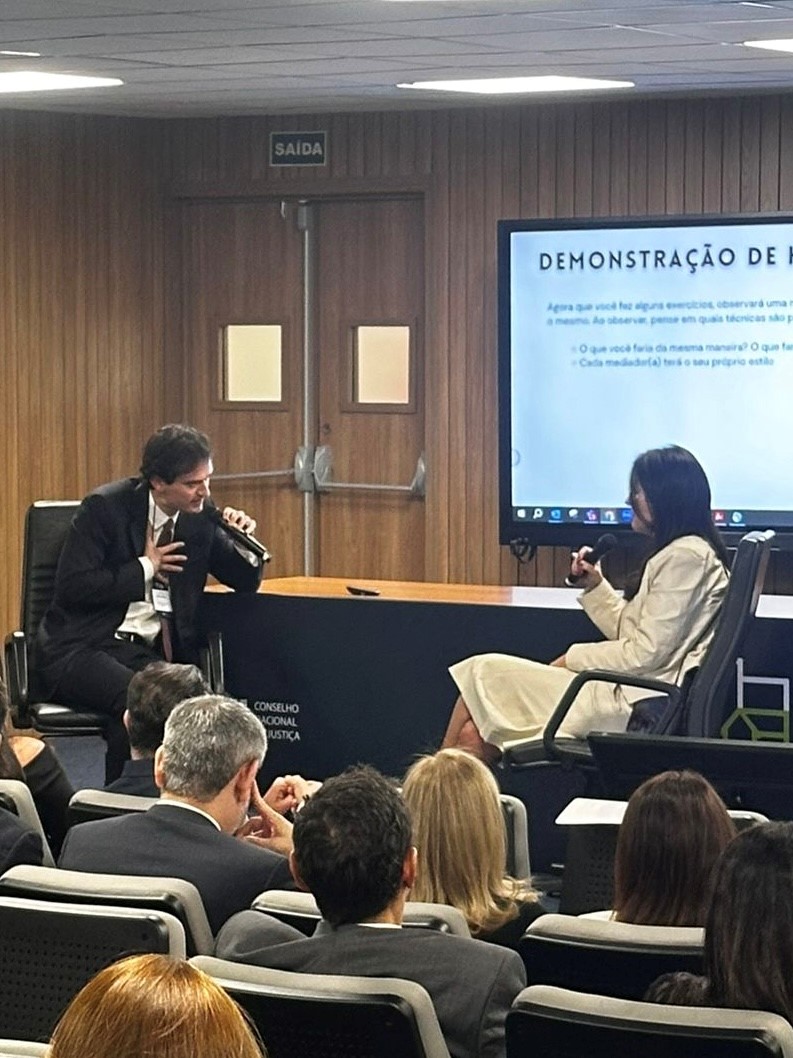
He shares, “This work with the DSD Clinic was the capstone of my academic journey at HLS—it gave me the opportunity to do practical, hands-on, high-stakes, client-facing work. While we had spent countless hours perfecting slides and finessing a minute-by-minute script, nothing could have prepared me for the challenge of holding the attention of 100 judges—and doing so in my third language! So many lawyers-to-be could benefit from this type of immersive training.”
Summer 2025: Delivering the Final Training
By the summer of 2025, a second round of trainings for over 200 judges—led by Pantín Parrish and Riella—refined the curriculum, expanded the simulations and the handbook, and introduced a comprehensive workbook to support continued learning and practice after the workshops. At the beginning of the training, reception among Brazilian judges varied, with some enthusiastic and others expressing significant skepticism of the model. One of the highlights of the training for Riella was witnessing this resistance transform. “At the outset, some approached mediation with understandable skepticism regarding its place within their judicial responsibilities. As the training unfolded, however, that same group became fully engaged and committed to the learning process. Judges came to appreciate that mediation is not a universal solution, but rather a powerful instrument to restore trust, foster dialogue, and generate outcomes that uphold human dignity while operating within the framework of the law,” says Riella.
What’s Next?
This project exemplifies how clinical legal education can help students engage with real clients facing urgent problems, develop practical solutions implemented at scale, and prepare for professional environments where new approaches often face institutional resistance. On how this DSD clinical work will shape their careers, students share:
This project has become a reference point for my work since. It showed me that even the best-designed system is useless without trust, a lesson which led me to publish an article on the role of Catholic Priests in building trust between communities and the judicial mediation process in Paraná. Today, I apply these insights to designing training materials for non-Jewish mediators looking to build trust with Jewish religious actors. My hope is to continue exploring how religious literacy and language can strengthen dispute system design.
~ Chlöe-Arizona Fodor
Today, I am an associate in the Latin America practice at Cleary Gottlieb in New York. Although my practice focuses primarily on corporate finance and securities law, I use the same project management and multilingual facilitation skills every day. I prepare complex presentations with ease and feel confident corresponding in Portuguese with my many Brazilian clients. Through my pro bono practice at Cleary, I have stayed focused on urban and land use issues through my advisory work for community organizations such as the Brooklyn Bridge Park Conservancy and direct advocacy at Manhattan Housing Court.
~ Cosmo Albrecht
This project helped me bridge the gap between law, policy, and their real-world impact on communities. It fostered my interest in pursuing a career that blends research with practice, and equipped me with skills in cross-cultural dialogue and stakeholder engagement that I continue to draw on today. This experience prepared me well for my current role at the British American Security Information Council (BASIC), a think tank dedicated to promoting dialogue to build international trust, reduce nuclear risks, and advance disarmament.
~ Chiara Fargnoli

(bottom right) and Carina Lellis Nicoll Simões Leite LL.M. ’23 (top, 3rd from left)
during their to Cambridge, MA.
The project required students to integrate multiple skill sets: legal research and analysis, cultural competency, curriculum development, training delivery, and cross-cultural communication. This integration prepared them for increasingly globalized legal practice while addressing immediate human needs. “At the heart of this project is dignity: helping design systems where parties’ voices can be heard and training judicial mediators to listen. This project imagines what dispute resolution can be—even when operating across political urgency, intercultural sensitivities, public health concerns, and constitutional questions,” says Pantín Parrish.
Riella adds an additional angle: “At the heart of this project lies efficiency or the restoration of social peace, not merely in accelerating judicial processes, but in addressing the deeper need for lasting resolution. In complex land disputes, even the most careful judicial decisions can fail to bring closure, generating additonal litigation and enforcement challenges instead. The project was about equipping judge-mediators with skills to offer a different approach: bringing stakeholders to the table, far beyond the parties named in the case, to work toward solutions that are both durable and humane.”
Perhaps most importantly, the project offered a masterclass in how law students can act as bridge-builders—connecting legal doctrine to social impact, and classrooms to communities in crisis. And for the students of the DSD Clinic, the lesson—that law is ultimately about people—will shape their paths long after they leave the classroom.

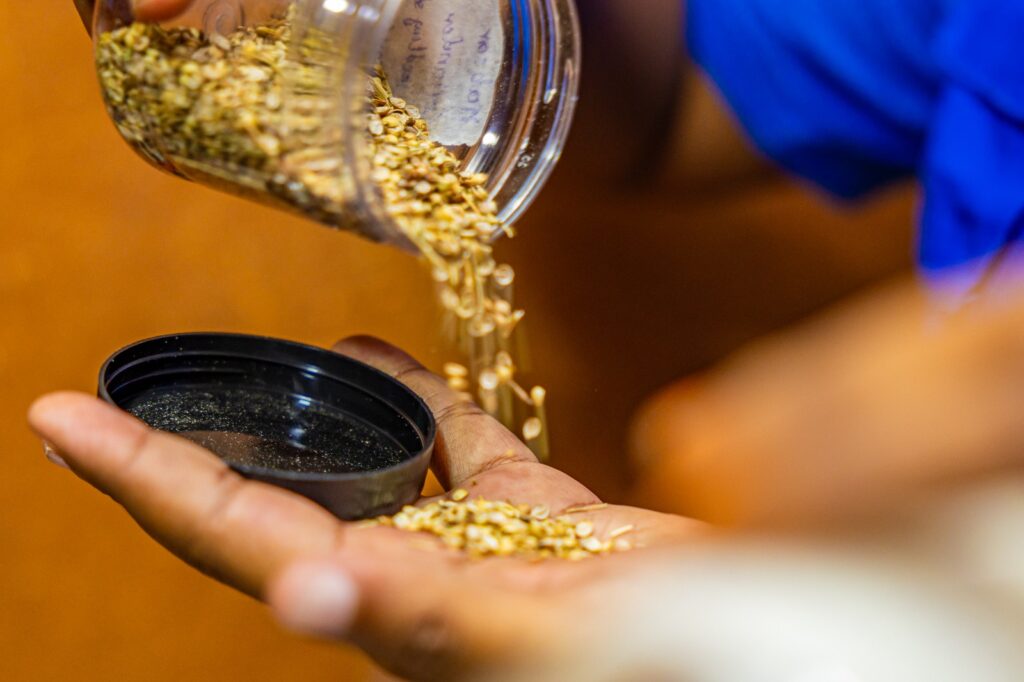

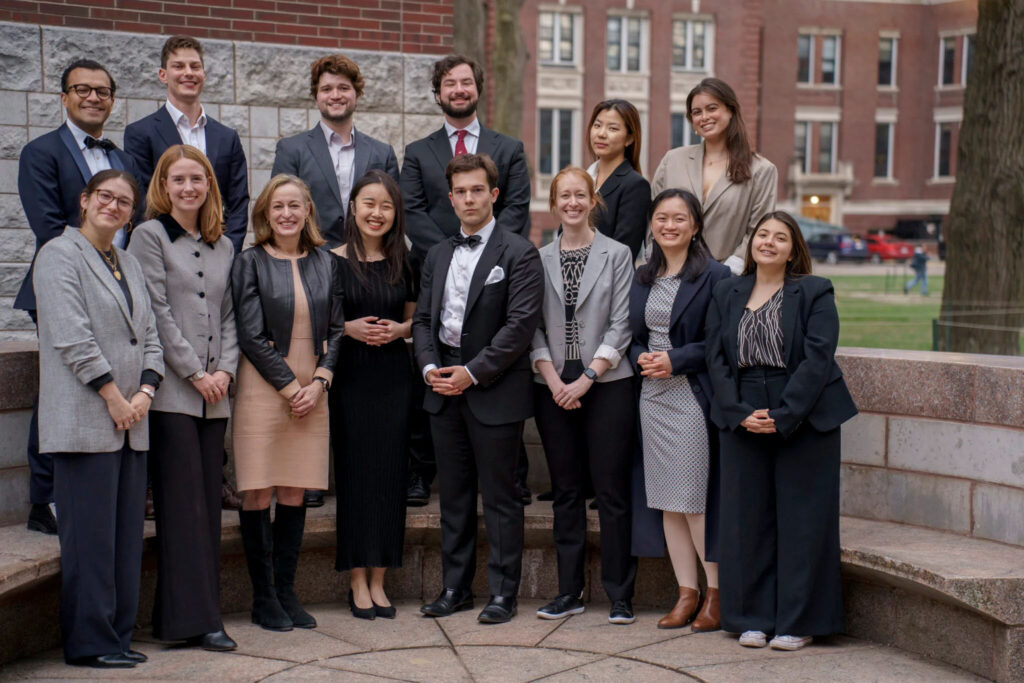
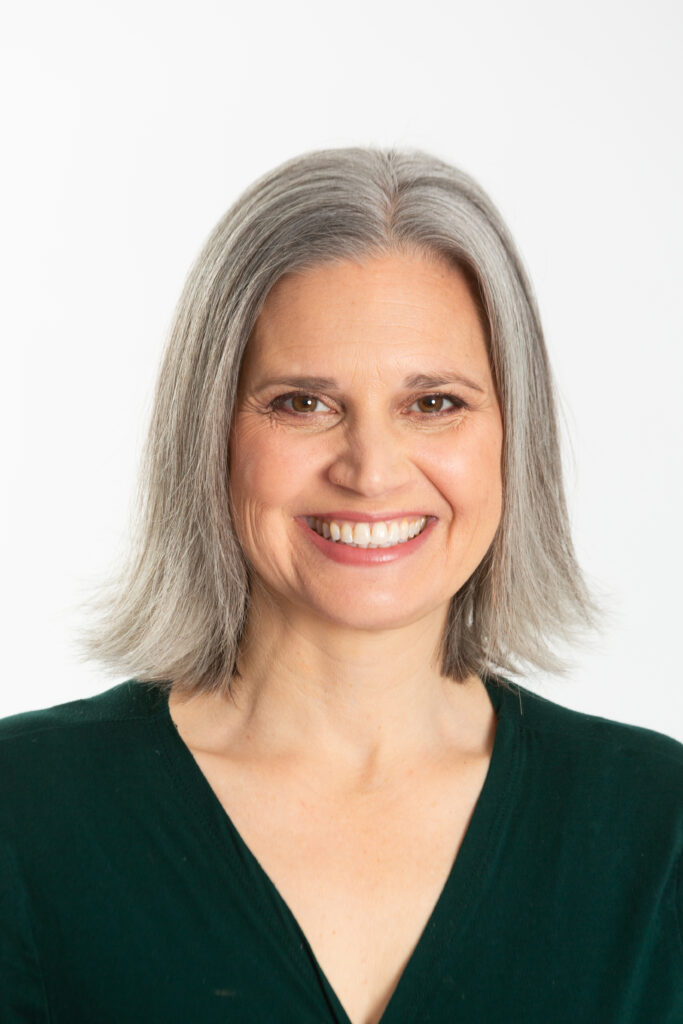
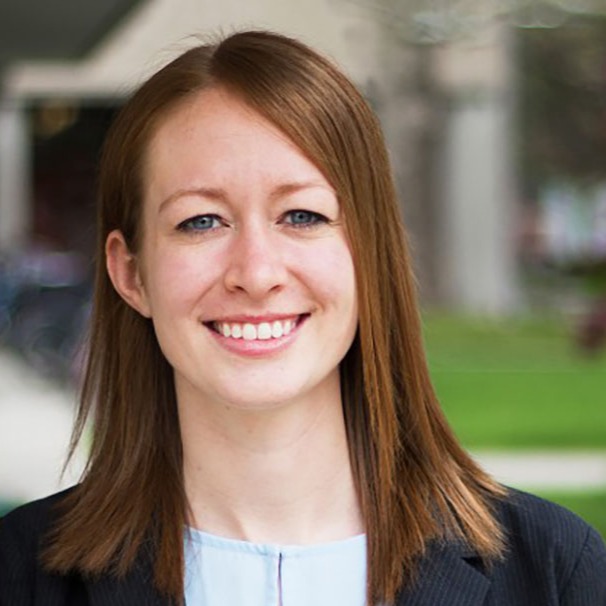


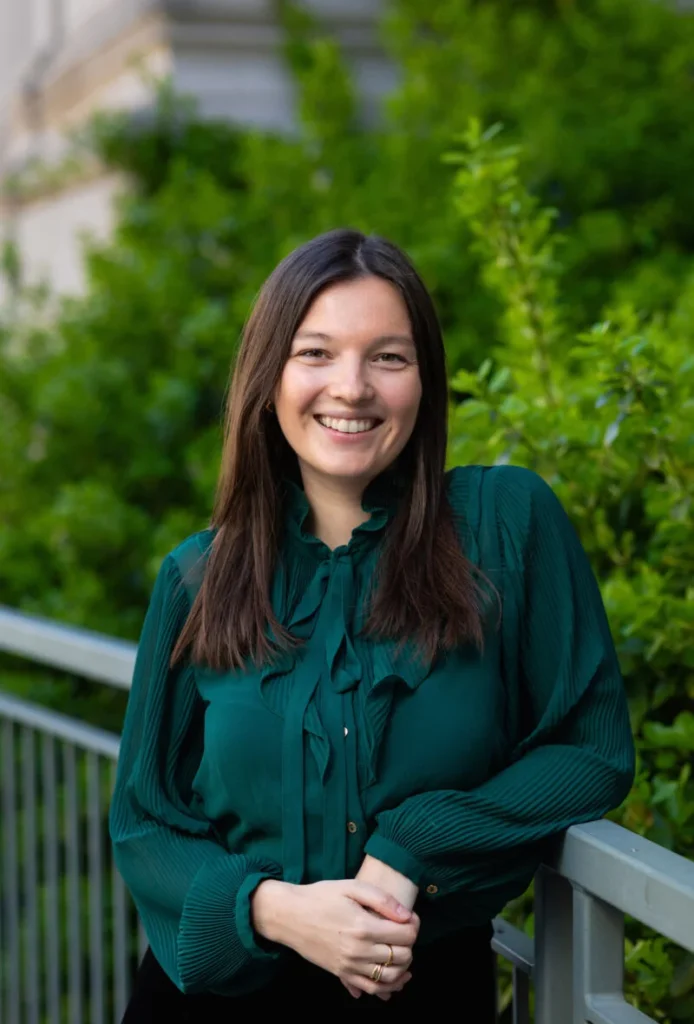
Pingback: news-1760996752227-13967 – News Conect Inteligencia Digital
Pingback: news-1761008074615-13976 – News Conect Inteligencia Digital